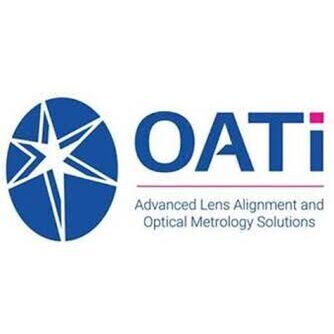
|
Download Members: $0.00 Non‑Members: $75.00 |
Buy Now |
Publication Details
| Published Date: | |
|---|---|
| Authors: | Eric Hansen |
| Company: | CMSC |
| Print Format: | Technical Paper |
| Citation: | Eric Hansen, "Initial Optical Alignment of a Solar Telescope Using Laser Trackers," The Journal of the CMSC, Vol. 10, No. 1, Spring 2015 |
Abstract
The Association of Universities for Research in Astronomy Inc. (AURA) is currently constructing a 4-m-aperture solar telescope on Haleakala in Hawaii, under contract to the National Science Foundation. The Daniel K. Inouye Solar Telescope (DKIST), formerly the Advanced Technology Solar Telescope (ATST), will be the world's most powerful solar observatory, poised to answer fundamental questions about the basic processes which govern variations in solar activity. DKIST will provide a revolutionary new window on the solar magnetic atmosphere and will be the primary scientific tool for understanding the effects of variations in the solar output on the Earth's climate. Solar astronomers will use DKIST to understand what causes solar eruptions and provide the knowledge necessary to develop space weather forecasting, necessary for protecting or mitigating the potentially devastating societal and economic effects of solar flares and mass ejections on the nation's space assets, the power grid, and communication systems. The DKIST optical design contains a 4-m-aperture, off-axis parabolic primary mirror as the collecting element, and nine relay mirrors with up to a one-m aperture to feed multiple scientific instruments. Traditional alignment methods used to position aspheric optics have included the use of mechanical jigs, theodolites, and alignment telescopes prior to analysis of the image quality. Laser trackers and coordinate measuring machines (CMMs) are now providing a combination of accuracy and flexibility that have the potential to greatly simplify this process, with accuracy sufficient to position optics to yield images within the capture range of wavefront sensing systems that provide a final level of optical alignment. Laser tracker measurements are also expected to provide the first level of improvement over analytical models for gravity and temperature corrections needed to maintain the required optical alignment as the steel telescope structure deflects due to changing thermal gradients and changing gravity orientation while tracking. This article reviews the DKIST project, preparations, and plans for use of laser trackers during the initial installation of optical elements and overall commissioning.





